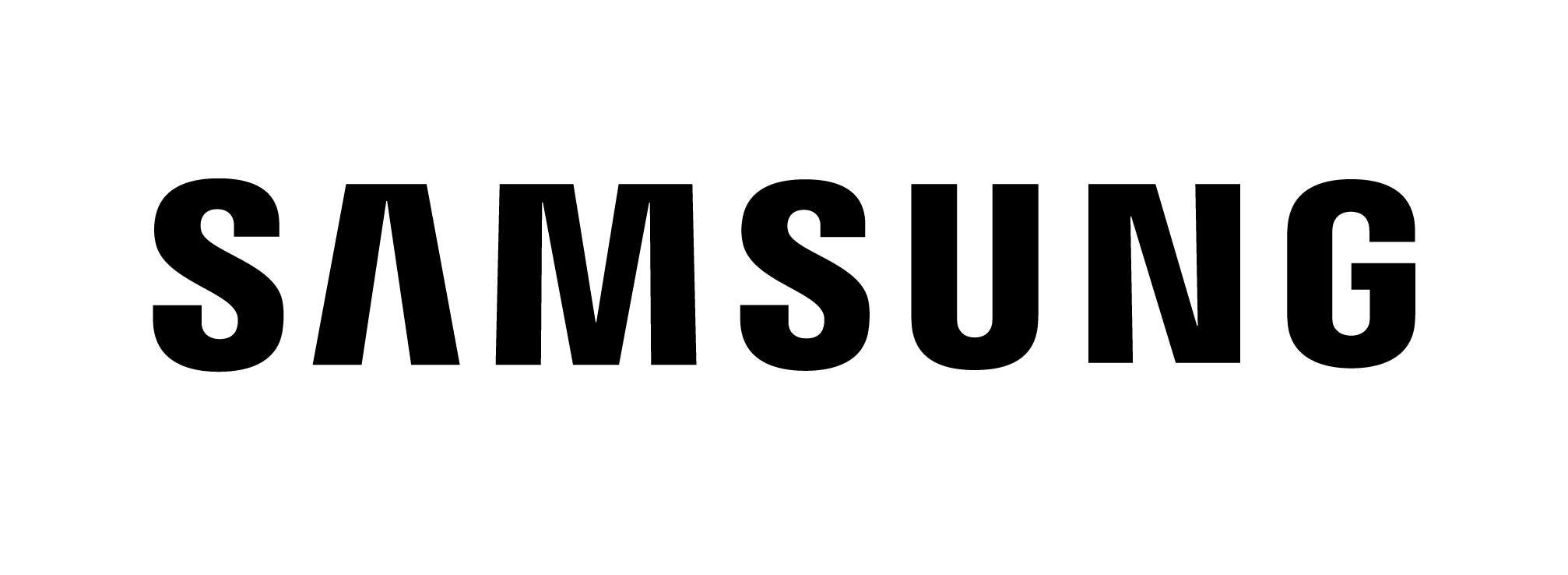MWC, the trade show formerly known as Mobile World Congress, returned to packed audiences in Barcelona last week.
The event primarily showcases new tech from the mobile communications sector, and there were plenty of eye-catching gadgets on display.

One of the most interesting, given ChatGPT’s current status as one of the most talked about technologies around, was a pair of smart glasses that incorporate the AI chatbot.
British start-up XRAI Glass had already developed a smart glasses system that transcribes conversations in order to help deaf and hard of hearing users to better understand what is going on around them.
Subtitles can be displayed directly on the augmented reality (AR) glasses or on the screen of a connected smartphone.
They have also now integrated ChatGPT to enable a number of other features, such as providing a summary of the conversation or picking out specific information – XRAI Glass CEO Dan Scarfe gave the example of asking for the name of a town that was just being talked about.
The company said that having an AI assistant recap a conversation could be useful for people with impaired hearing, especially if multiple people were talking.
The ChatGPT-enabled system can also contribute to the conversation by providing answers to general knowledge and other questions.
‘Digital humans’ and rolling screens were also on display
ChatGPT has brought a lot of attention to the idea of AI chatbots and shown the potential of using large language models for the underlying technology.
Producing the right content might not always be enough, however, which is why Israeli start-up D-ID rolled out what it calls its ‘digital humans’ – essentially realistic avatars that work in conjunction with AI-powered chatbots.
The chatbot provides the content while the digital human becomes the ‘face’ of the conversation.
D-ID CEO Gil Perry explained that the idea was not to trick people into thinking that they are chatting with a real person, but to take into account the fact that people are used to communicating with other faces.
Elsewhere at MWC, Motorola introduced a ‘rollable’ phone that extends the screen by scrolling out extra capacity at the bottom.
Motorola’s Chinese owner Lenovo also demonstrated similar tech with a new laptop that unrolled its own scrolling screen.
The phone and laptop are both concept models so they are unlikely to hit the market soon, but may show a potential new direction for flexible screens other than foldable options.
Today’s news was brought to you by TD SYNNEX – the UK’s number one solutions distributor.

